

| Company : Uniworld |
| Ship : S.S. Antoinette |
| Journey Start : Thu 01 Oct 2026 |
| Journey End : Sun 11 Oct 2026 |
| Count Nights : 10 nights |
| Day | Date | Port |
|---|---|---|
| 1 | 1.10 Thu | Amsterdam / Netherlands |
| 2 | 2.10 Fri | Amsterdam / Netherlands |
| 3 | 3.10 Sat | Harlingen / Netherlands |
| 4 | 4.10 Sun | Nijmegen / Neumegen / Netherlands |
| 5 | 5.10 Mon | Cologne / Germany |
| 6 | 6.10 Tue | Oberwesel / Germany |
| 7 | 7.10 Wed | Mainz / Germany |
| 8 | 8.10 Thu | Speyer / Germany |
| 9 | 9.10 Fri | Strasbourg / France |
| 10 | 10.10 Sat | Basel / Switzerland |
| 11 | 11.10 Sun | Basel / Switzerland |
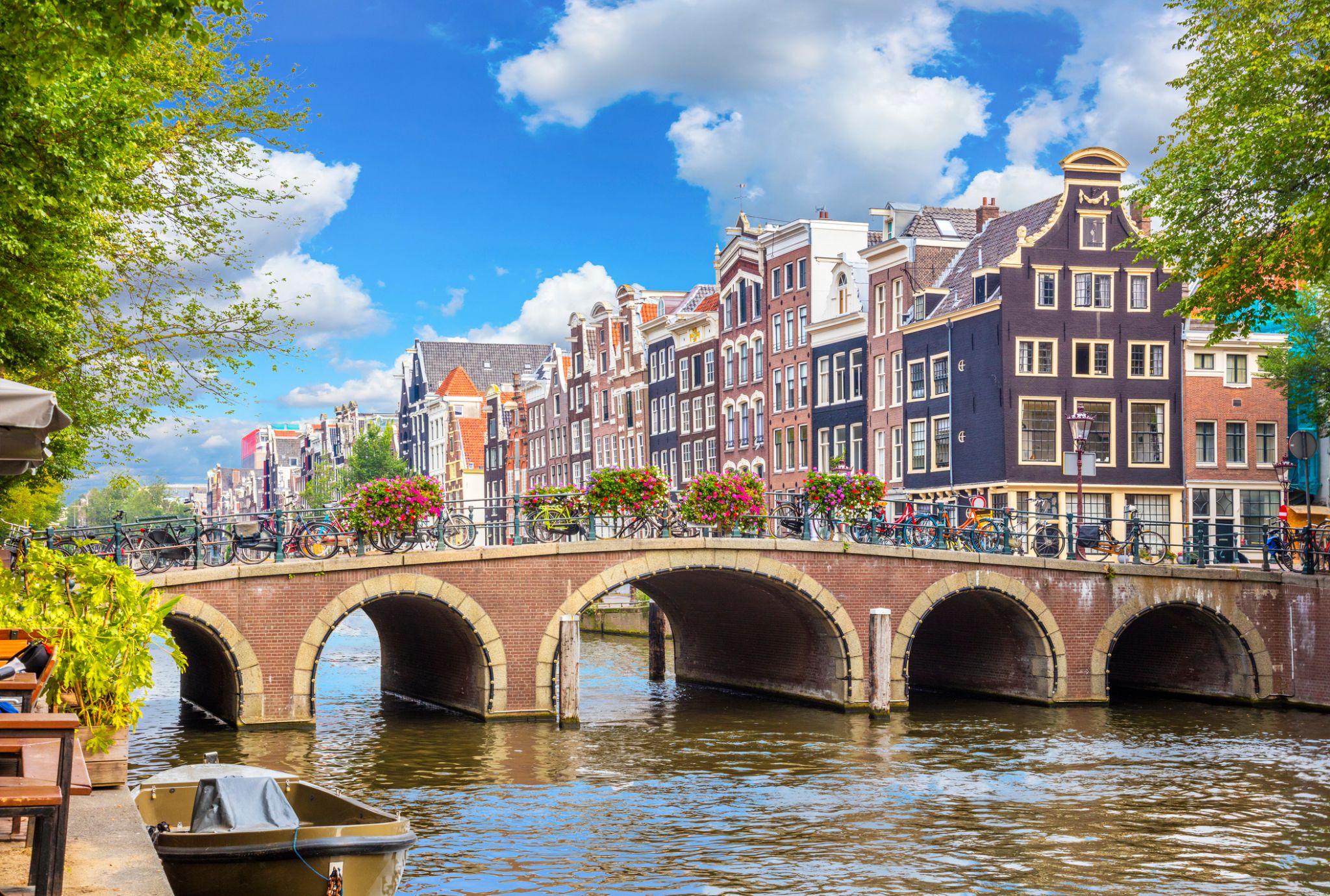
Amsterdam is the capital city and most populous municipality of the Netherlands. Its status as the capital is mandated by the Constitution of the Netherlands, although it is not the seat of the government, which is The Hague. Amsterdam has a population of 851,373 within the city proper, 1,351,587 in the urban area] and 2,410,960 in the metropolitan area. The city is located in the province of North Holland in the west of the country but is not its capital, which is Haarlem. The metropolitan area comprises much of the northern part of the Randstad, one of the larger conurbations in Europe, with a population of approximately 8 million.

Amsterdam is the capital city and most populous municipality of the Netherlands. Its status as the capital is mandated by the Constitution of the Netherlands, although it is not the seat of the government, which is The Hague. Amsterdam has a population of 851,373 within the city proper, 1,351,587 in the urban area] and 2,410,960 in the metropolitan area. The city is located in the province of North Holland in the west of the country but is not its capital, which is Haarlem. The metropolitan area comprises much of the northern part of the Randstad, one of the larger conurbations in Europe, with a population of approximately 8 million.
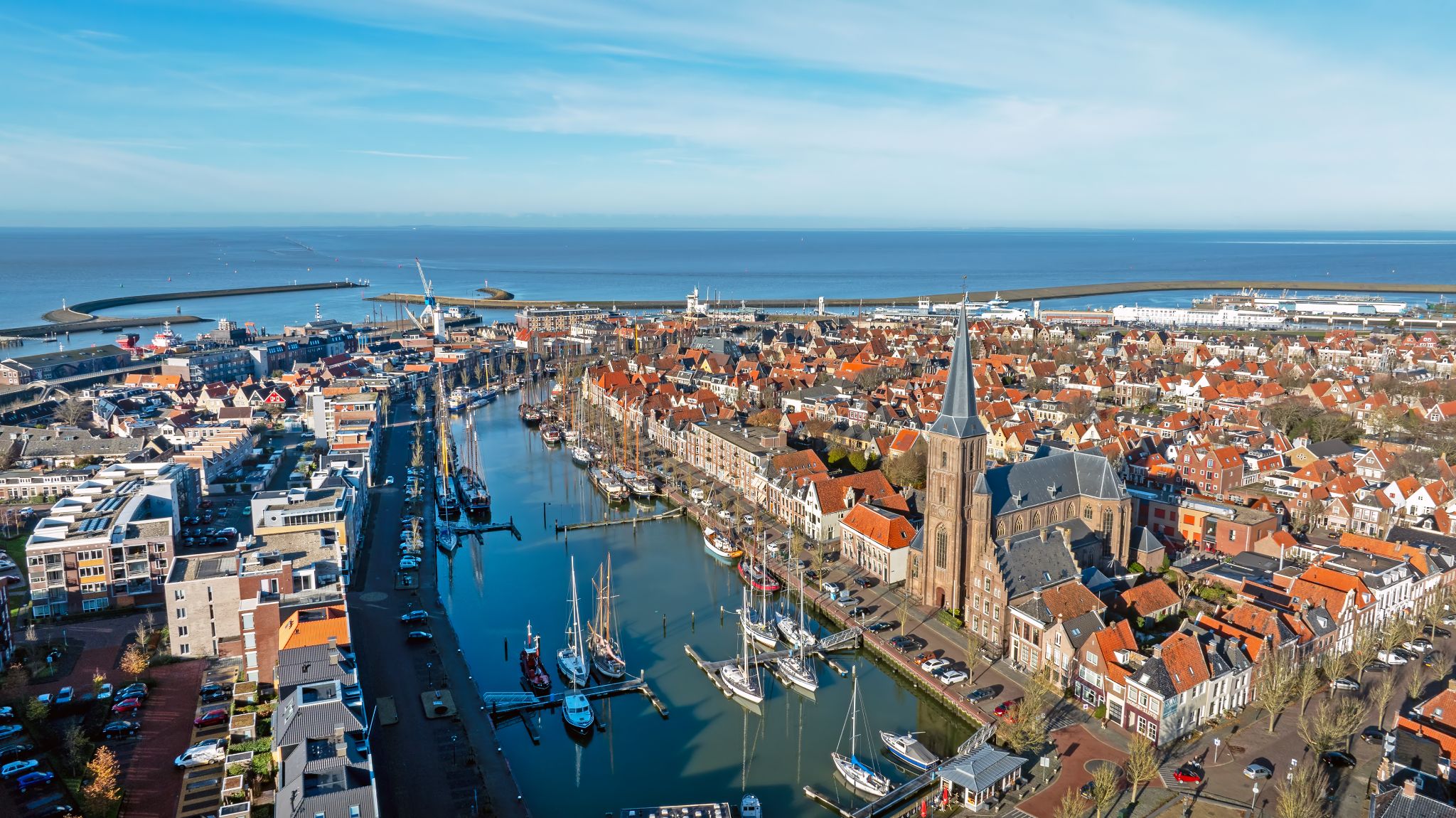
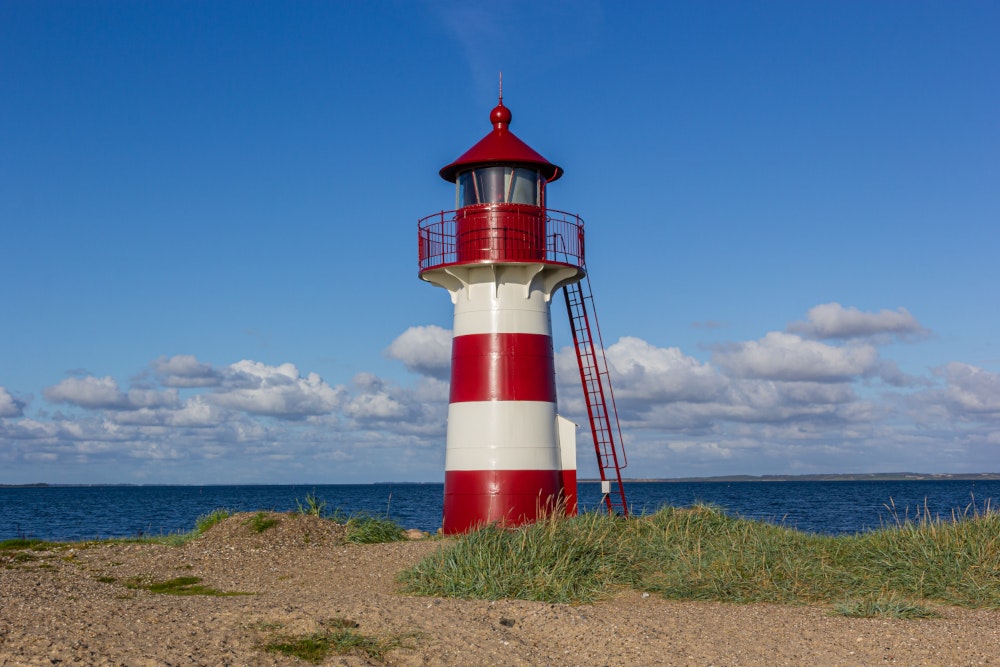
On the southern bank of the Waal River lies the city of Nijmegen, a major industrial center where brick manufacturing, the chemical industry, tobacco production, and electrical equipment manufacturing are especially well developed. One of the most curious constructions, shaped like a whale, is located on the Waal's riverbank — it’s the river fleet control center, as Nijmegen also serves as a river port. Nearby stands a sculpture of the fictional heroine Mariken van Nijmegen, who has become a symbolic figure for the city.
Nijmegen is also home to the fascinating National Bicycle Museum “Velorama.” Interestingly, it is the only museum of its kind in the Netherlands, despite the country’s well-known love of cycling. The museum’s exhibitions display the beauty and diversity of bicycle transport. Today, its collection includes over 500 bicycles.

Cologne is the largest city of Germany's most populous federal state of North Rhine-Westphalia, and its 1 million+ (2016) inhabitants make it the fourth most populous city in Germany after Berlin, Hamburg, and Munich. The largest city on the Rhine, it is also the most populous city both of the Rhine-Ruhr Metropolitan Region, which is Germany's largest and one of Europe's major metropolitan areas, and of the Rhineland. Centred on the left bank of the Rhine, Cologne is about 45 kilometres (28 mi) southeast of North Rhine-Westphalia's capital of Düsseldorf and 25 kilometres (16 mi) northwest of Bonn. It is the largest city in the Central Franconian and Ripuarian dialect areas.
The city's famous Cologne Cathedral (Kölner Dom) is the seat of the Catholic Archbishop of Cologne. There are many institutions of higher education in the city, most notably the University of Cologne (Universität zu Köln), one of Europe's oldest and largest universities, the Technical University of Cologne (Technische Hochschule Köln), Germany's largest university of applied sciences, and the German Sport University Cologne (Deutsche Sporthochschule Köln), Germany's only sport university. Cologne Bonn Airport (Flughafen Köln/Bonn) is Germany's seventh-largest airport and lies in the southeast of the city. The main airport for the Rhine-Ruhr region is Düsseldorf Airport.
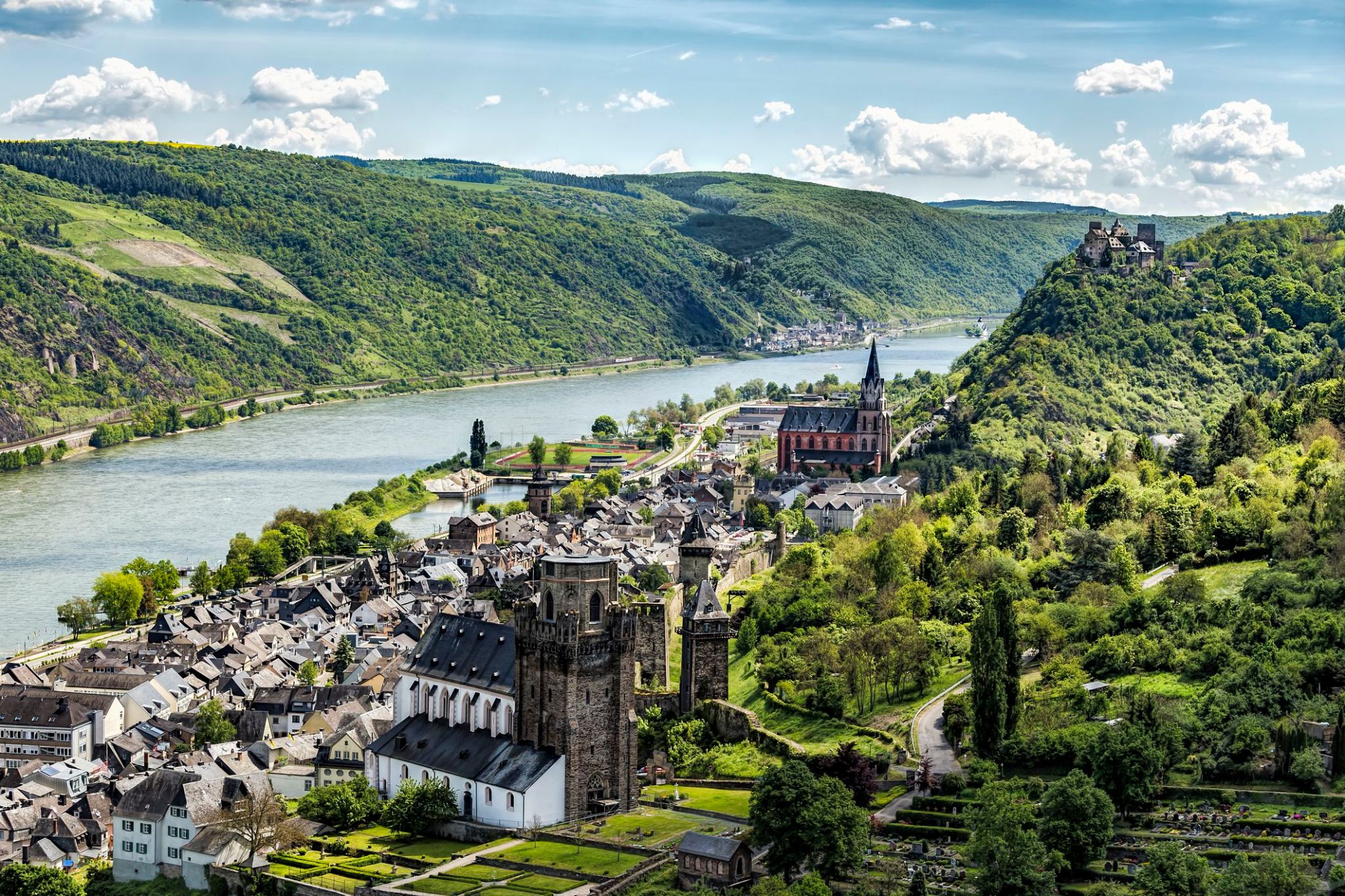
Oberwesel is a picturesque town located on the banks of the Rhine River in Germany, in the state of Rhineland-Palatinate. It is renowned for its rich history, which dates back to Roman times, and its medieval structures that give the town its unique charm. Among the town's main attractions are ancient walls and towers that once served as protection against invasions, as well as the magnificent St. Catherine's Cathedral, a prime example of Gothic architecture. A stroll through the town's narrow streets allows visitors to feel the atmosphere of medieval Europe.
The town is also famous for its winemaking heritage. The vineyards located on the terraces along the river produce some of Germany's best wines, particularly Riesling. Oberwesel is not only a historical and cultural center but also a destination for gastronomic tourism. Along the Rhine promenade, visitors can enjoy scenic views of the river and ancient castles, as well as taste local wines in cozy wine cellars.

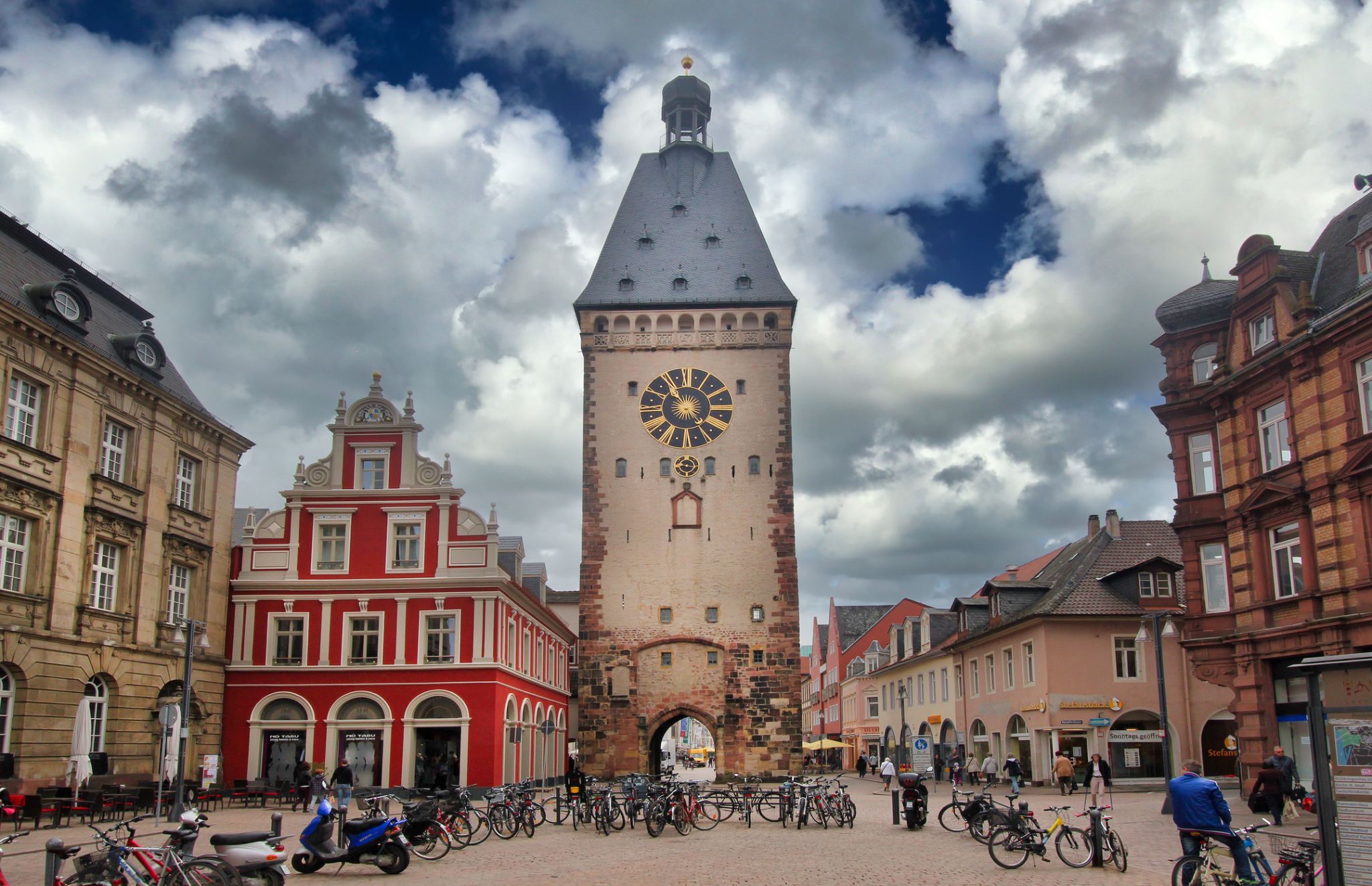
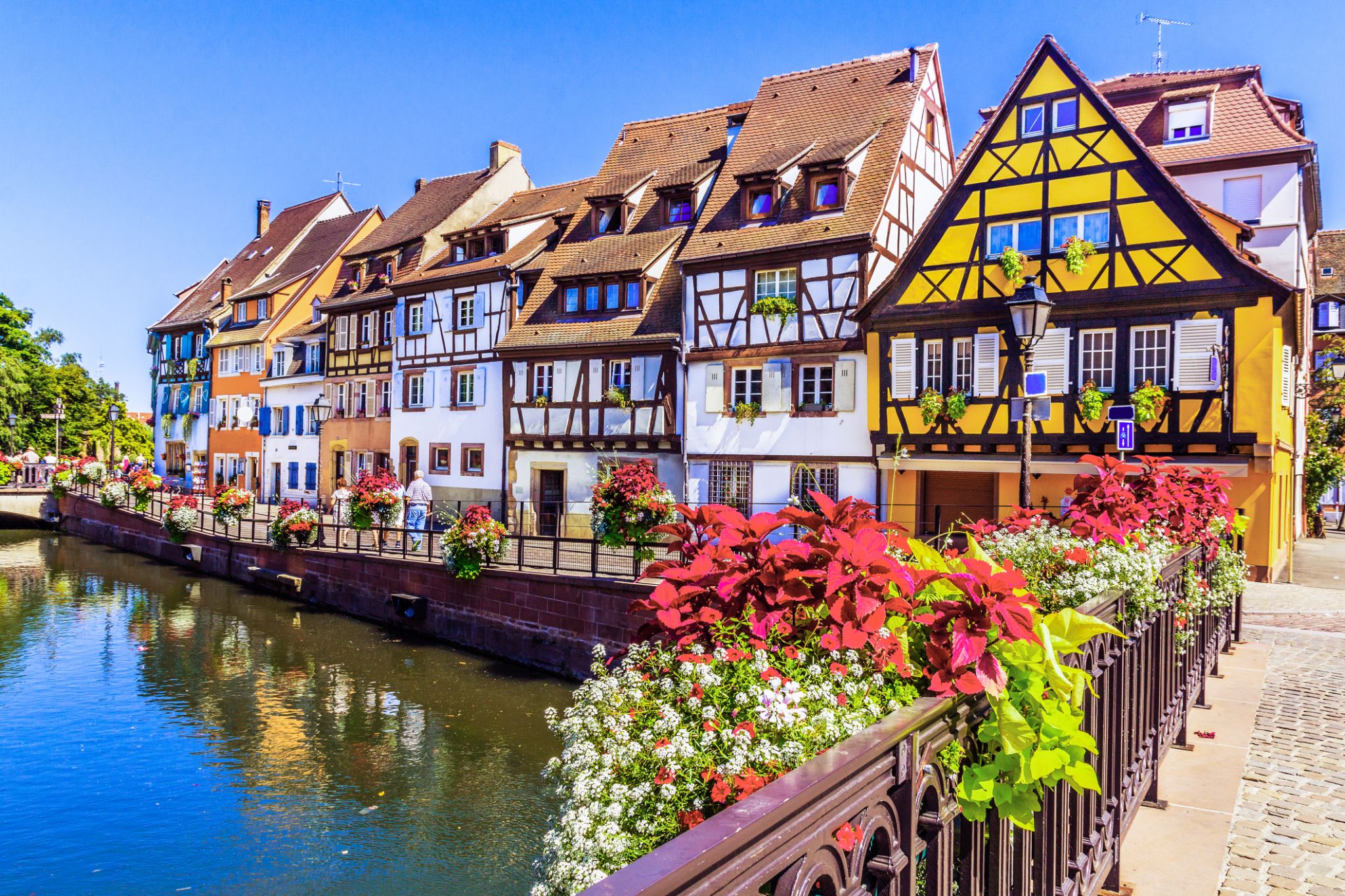
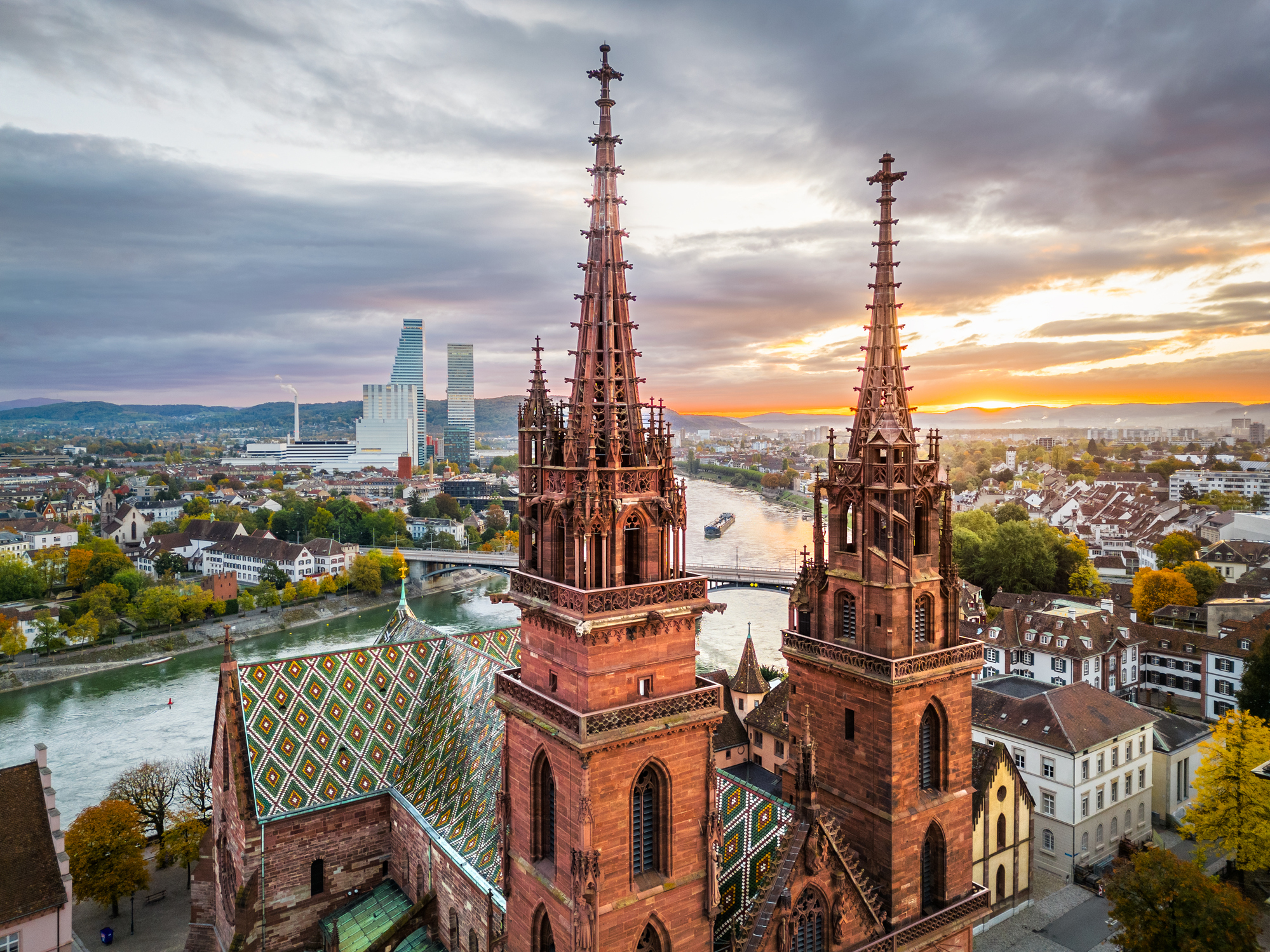
Basel is a city in northwestern Switzerland on the river Rhine. Basel is Switzerland's third-most-populous city (after Zürich and Geneva) with about 180,000 inhabitants.
Located where the Swiss, French and German borders meet, Basel also has suburbs in France and Germany. As of 2016, the Swiss Basel agglomeration was the third largest in Switzerland with a population of 541,000[4] in 74 municipalities in Switzerland (municipal count as of 2018). The initiative Trinational Eurodistrict Basel (TEB) of 62 suburban communes including municipalities in neighboring countries, counted 829,000 inhabitants in 2007.
The official language of Basel is (the Swiss variety of Standard) German, but the main spoken language is the local Basel German dialect.

Basel is a city in northwestern Switzerland on the river Rhine. Basel is Switzerland's third-most-populous city (after Zürich and Geneva) with about 180,000 inhabitants.
Located where the Swiss, French and German borders meet, Basel also has suburbs in France and Germany. As of 2016, the Swiss Basel agglomeration was the third largest in Switzerland with a population of 541,000[4] in 74 municipalities in Switzerland (municipal count as of 2018). The initiative Trinational Eurodistrict Basel (TEB) of 62 suburban communes including municipalities in neighboring countries, counted 829,000 inhabitants in 2007.
The official language of Basel is (the Swiss variety of Standard) German, but the main spoken language is the local Basel German dialect.